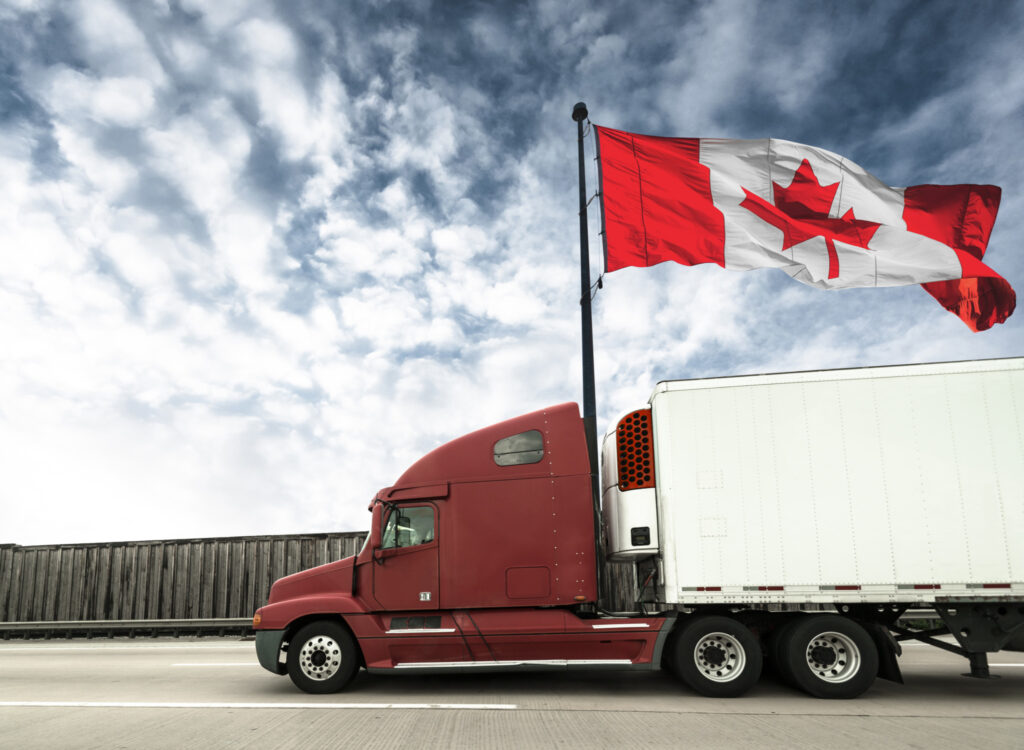The threat of tariffs and accompanying uncertainty have created a political climate that offers the Canadian trucking industry an opportunity to get its challenges addressed. Industry association leaders are not pulling any punches, with one saying things are in a “downward spiral”.
Aaron Dolyniuk, executive director of the Manitoba Trucking Association (MTA), said that carriers are unsure about investing in new equipment. Speaking to TruckNews.com during the MTA’s annual general meeting in Winnipeg last week, he added that a lot of companies cannot afford to pay thousands of dollars more for a new truck and be competitive.
The Canadian Trucking Alliance (CTA) is also trying to figure out ways to navigate through this situation. CTA president Stephen Laskowski, who was attending the event, said that these conditions have brought boosting inter-provincial trade into the spotlight.

The trucking industry is getting a lot of attention, just like during Covid-19. Dolyniuk said that there is an opportunity for meaningful change. “The challenge is getting people on the same page and provinces giving up authority. There’s a whole lot of politics in that,” he said.
Laskowski said that there is much more political will for change. Trucking is the backbone of the economy, he added, but its issues were not treated that way by provincial legislatures or Ottawa. “We need to seize this opportunity, because ministers, premiers and prime ministers are now looking at our issues,” he said.
Although trucking is federally regulated, Dolyniuk said that enforcement oversight of commercial fleet operators is delegated to the provinces. The industry has evolved he added, but that evolution has not reached standardizing regulatory oversight.

The MTA executive director called the National Safety Code and the national memorandum of understanding on Interprovincial Weights and Dimensions in Canada “model pieces of harmonization.”
“Where they fall short is implementation, there’s no standardization,” he said.
Call to implement standardization
A trucking company that operates in different jurisdictions needs to know the processes for each of them. Dolyniuk said that this surfaces in non-typical situations like over-dimensional moves.
The permit process is different, and thresholds for when you need a sign are different. Also, thresholds for when you need an escort are different, and training requirements for an escort vehicle are different. Add to that the rules for day and night, and what is considered day and night is different across the country.
“Governments and the industry need to look at it come up with one standard regulatory oversight body that the provinces can then work to implement consistently,” Dolyniuk said.
Driver Inc. and underground economy
Laskowski also brought attention to Driver Inc. carriers and the underground economy that is eroding the industry. While interprovincial trade barriers, competitiveness and productivity issues need to be addressed, he wondered what would be left of the industry if the underground economy is not dealt with.
Dolyniuk agreed, pointing out that some carriers are benefiting from driver misclassification and immigration abuse. They intentionally cut corners and use non-compliance as a competitive advantage, he added.